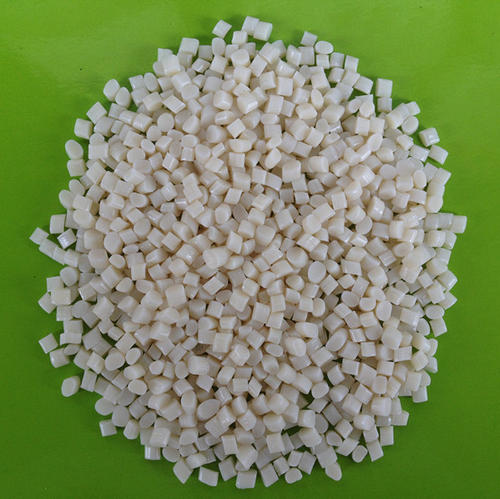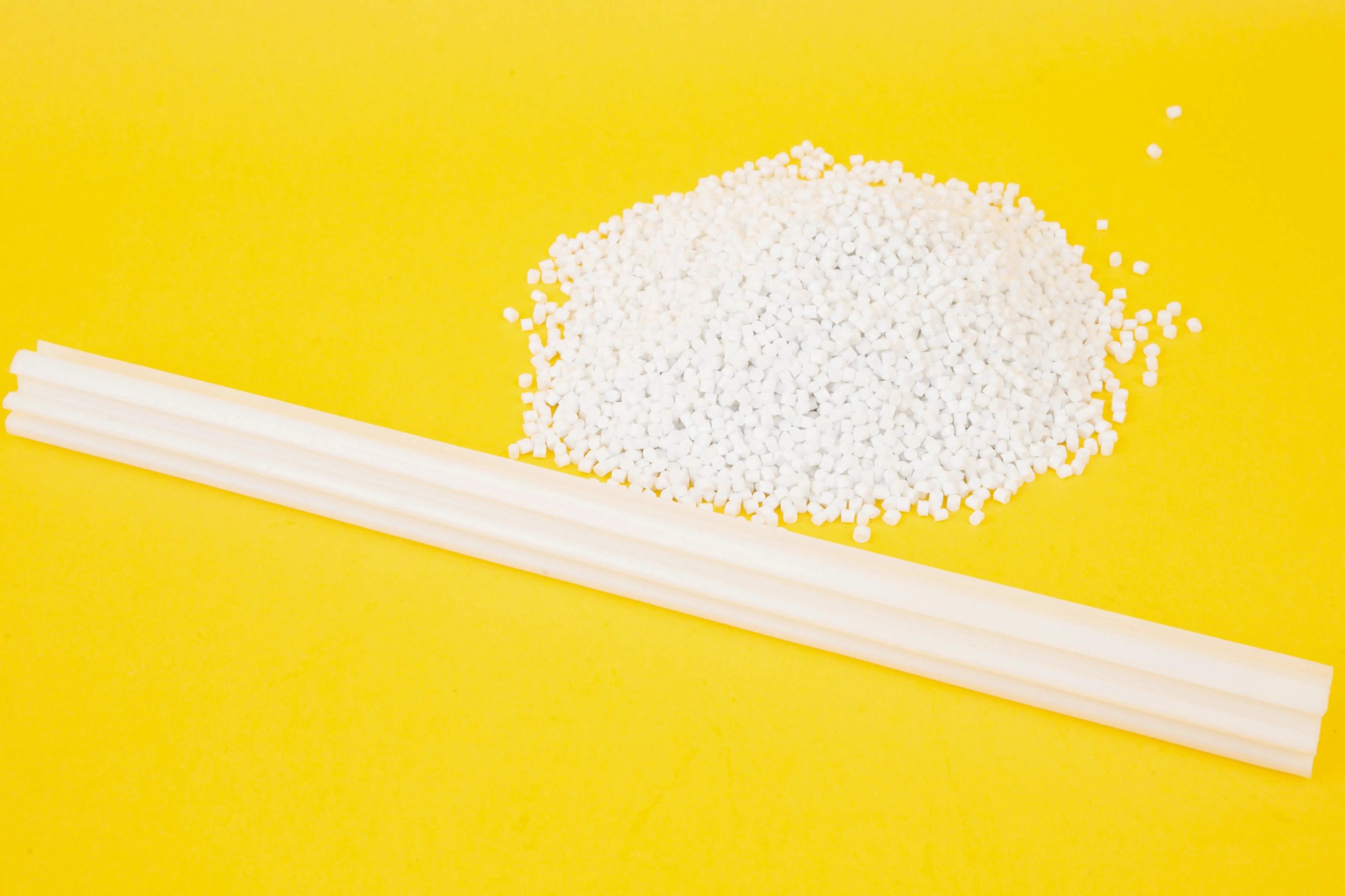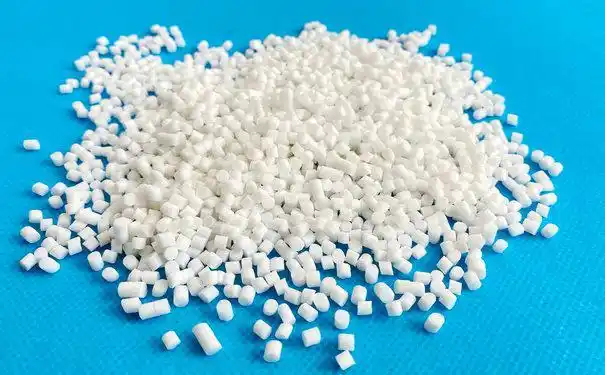I’ve lost count of how many times I’ve walked into a molding shop’s material room, only to see bags of TPE sitting quietly in a corner, some still wrapped in their original packaging, others half-open with a scoop sticking out. The operators would shrug and tell me, “It’s fine — we used it last year and it still molded okay.”
As someone who has spent years in the injection molding industry, I’ve seen first-hand that storage time for TPE (Thermoplastic Elastomer) materials is not a guesswork game. While these materials are more forgiving than some moisture-sensitive engineering plastics, their properties can degrade over time if storage conditions aren’t right. And in manufacturing, a “little” change in material quality can cause big headaches — from surface defects to changes in mechanical performance.
In this article, I’ll walk you through how to assess and manage TPE storage life from a practical, shop-floor perspective, backed by supplier guidelines and my own experience.

1. First, What Exactly Is TPE?
TPE, or Thermoplastic Elastomer, is a family of materials combining the processability of thermoplastics with the elasticity of rubber. Common TPE types in injection molding include:
TPE-S (Styrenic block copolymers) – Often used in grips, seals, overmolding.
TPE-O (Thermoplastic polyolefins) – Common in automotive parts.
TPE-E (Thermoplastic polyester elastomers) – More heat-resistant, used in engineering parts.
While they share a rubbery feel, different types have different sensitivities to moisture, temperature, and oxidation during storage.
2. The Concept of Shelf Life for TPE
When suppliers talk about “shelf life,” they mean the time the material can be stored in its original, sealed packaging under recommended conditions before any noticeable loss in quality.
For many TPE grades, the typical shelf life is 12 to 24 months. This doesn’t mean that the material “expires” like milk — rather, after this period, properties like flow, color, and elasticity might drift outside guaranteed specs.
In real-world production, I’ve successfully molded parts from three-year-old TPE — but only when the material was stored well and tested before use.
3. Factors That Affect TPE Storage Life
Here’s where experience really matters. Shelf life isn’t a fixed number — it depends on:
Material type (some TPEs absorb moisture more than others)
Additives (UV stabilizers, colorants)
Packaging quality
Storage environment (temperature, humidity, light exposure)
Table: General Storage Guidelines for Common TPE Types
| TPE Type | Typical Shelf Life (Sealed, 23°C/50% RH) | Key Storage Concern |
|---|---|---|
| TPE-S | 12–24 months | Oxidation, dust contamination |
| TPE-O | 18–24 months | Surface oxidation over long periods |
| TPE-E | 12–18 months | Hydrolysis in high humidity |
Unlike nylon or PET, TPE isn’t known as a “high moisture absorption” material. However, moisture can still cause surface blemishes, poor adhesion in overmolding, and even microvoids if the water turns to steam during injection.
For most TPE grades, moisture content above 0.2% can start to cause cosmetic issues. That’s why I always recommend re-drying older or opened material before molding — even if the supplier says “no drying needed.”

5. Temperature and Light Exposure
Prolonged exposure to high temperatures can cause softening, oxidation, and changes in flow characteristics. I’ve seen TPE pellets that turned slightly yellow after sitting for months in a warehouse without climate control during summer.
Direct sunlight can also cause degradation due to UV exposure, especially for light-colored or natural (uncolored) grades. Even in a sealed bag, long-term sunlight exposure can fade pigments or cause brittleness.
Best practice: store TPE in a cool, dry place, ideally between 15–27°C (59–80°F), away from direct sunlight.
6. Opened Bags — The Critical Point
A sealed bag can often last for its full rated shelf life. But once you open it:
Air and moisture start interacting with the pellets.
Dust and shop debris can settle in.
If you leave it unsealed, pellets can oxidize faster.
In my shop, we follow a “First In, First Out” (FIFO) policy — and any opened bag must be fully used within 3–6 months for critical applications, even if the official shelf life is longer.
7. The Role of Packaging
Not all packaging is equal. Some TPEs come in moisture-barrier bags with heat-sealed closures; others in plain woven sacks with a plastic liner.
If your material comes in basic bags and you know it will sit for months, it’s worth transferring it to airtight containers or re-sealing with industrial-grade bag sealers after each use.
8. Testing Old Material Before Use
If you find yourself with older TPE material, don’t just throw it into production. Test it first:
Drying test: Dry for the recommended time and mold a small batch.
Visual check: Look for discoloration, pellet clumping, or surface powdering.
Mechanical test: If you have the facilities, run tensile or elongation tests.
For high-spec parts — especially those for medical, food-contact, or automotive safety — I always advise running a full QC check before using older stock.

9. Real-World Storage Timelines
Based on my own data from multiple projects:
Sealed, climate-controlled storage: 24+ months without noticeable degradation.
Sealed, non-climate-controlled but indoors: 12–18 months before minor cosmetic changes.
Opened, resealed with desiccant: 6–12 months usable for most non-critical parts.
Opened, poorly sealed: Risk of defects within 3–6 months.
10. Special Cases: Medical and Food-Grade TPE
For medical-grade TPE, suppliers often set a strict shelf life (sometimes just 12 months) because of regulatory and traceability requirements — even if the material is still physically fine after that. Using beyond that date may require requalification.
Food-contact TPE grades may also have additive systems sensitive to oxidation, so the shelf life is usually on the conservative side.
11. My Shop-Floor Rule of Thumb
After years of handling TPE, my quick decision rule is:
If sealed and stored in a stable indoor environment, TPE can be used up to two years from production date. Once opened, aim to use within six months — and always test before using older material.
12. Common Mistakes to Avoid
Leaving bags open overnight — humidity can spike in a matter of hours.
Stacking near heat sources — the side facing the heat will age faster.
Ignoring color change — a yellow tint often means oxidation.
Skipping re-drying for old material — this is a common cause of defects.
Conclusion
TPE materials may not be as fragile as some engineering plastics, but storage time matters — both for preserving cosmetic quality and mechanical properties. By controlling environment, sealing opened bags, and testing before use, you can confidently extend the usable life of your TPE stock without risking production quality.
From my own years in molding shops, I can say this: good storage habits are cheaper than scrapping a batch of defective parts. Respect the material’s shelf life, and it will respect your production schedule.

Q&A Section
Q: Can I use TPE after its shelf life ends?
A: Often yes, if it was stored sealed and in good conditions — but test before production.
Q: Does TPE need drying before injection?
A: For fresh material, usually no. For older or opened material, drying is recommended.
Q: How can I tell if TPE has degraded?
A: Look for discoloration, clumping, unusual odor, or changes in flow during molding.
Q: Can moisture cause defects in TPE parts?
A: Yes — it can cause bubbles, poor surface finish, or adhesion problems.
Q: What’s the safest storage approach for opened TPE?
A: Reseal with an airtight method, store with desiccant, and aim to use within six months.





